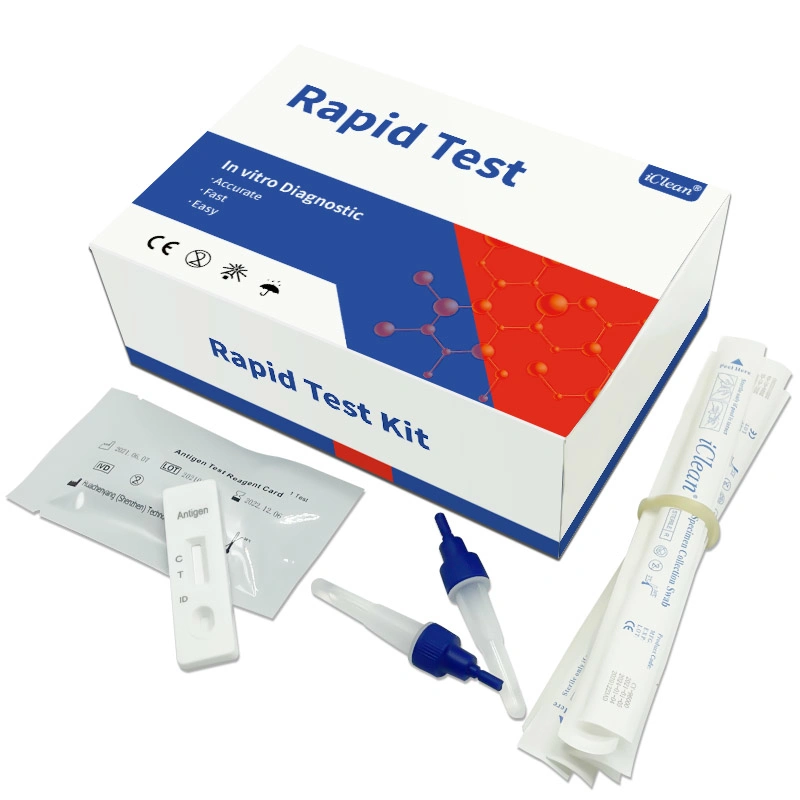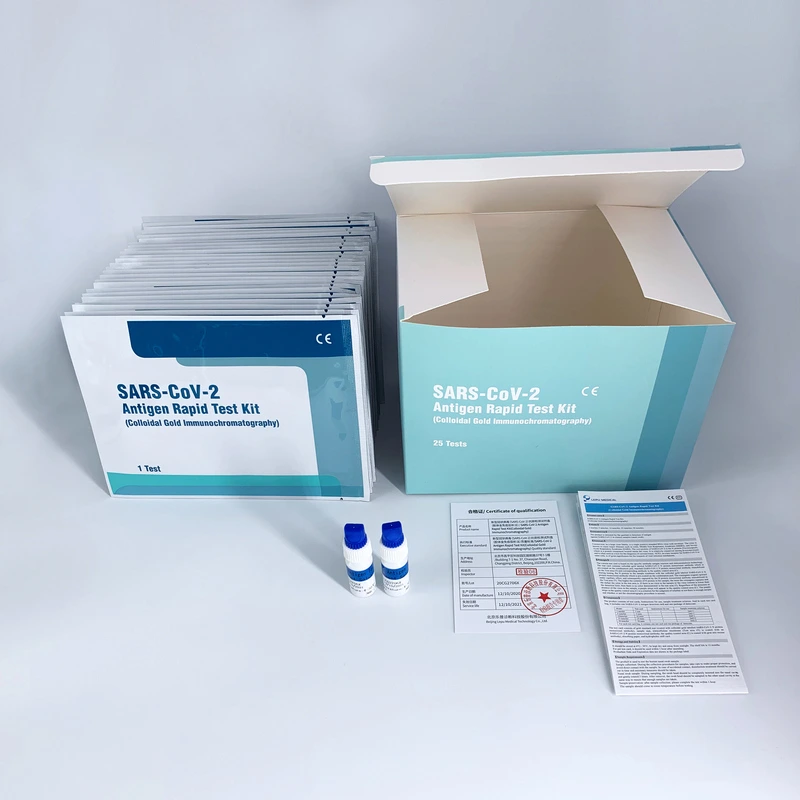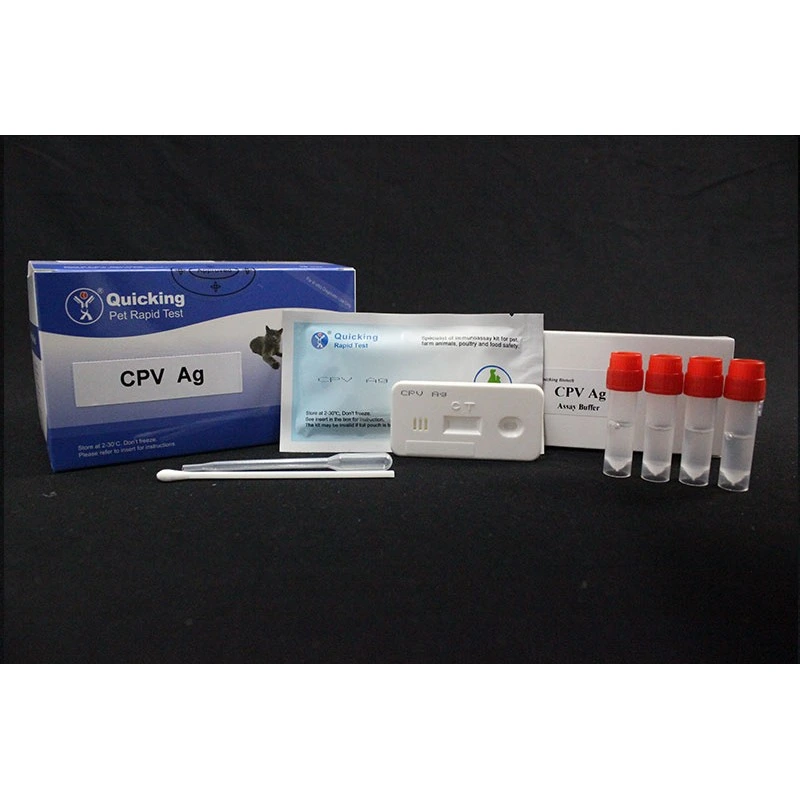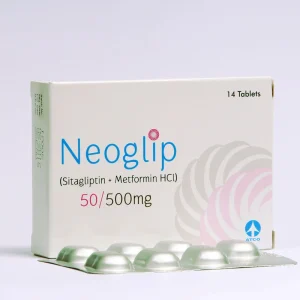Protect and organize your diagnostic and testing products with our specialized Test Kit Packaging. Designed for precision, durability, and user convenience, these packages ensure your kits remain sterile, secure, and easy to handle. Whether for medical, environmental, or industrial testing, our customizable packaging solutions safeguard delicate components while enhancing your brand’s professional image. Ideal for businesses needing reliable, compliant, and attractive packaging that supports accuracy and trust.

Request A Quotes!

Product Details
Custom Test Kit Packaging – Secure, Organized, and Professional
Whether for medical diagnostics, environmental testing, or at-home health monitoring, the right packaging for test kits is essential for protecting sensitive components and delivering a trustworthy user experience. Our Custom Test Kit Packaging offers durable, protective boxes with customizable compartments and inserts to securely hold various testing materials.
Designed with both functionality and branding in mind, these boxes help companies present their test kits professionally while ensuring product integrity during shipping and handling.
Key Features & Benefits
-
Durable Materials: High-quality cardstock, corrugated, or rigid materials for strength and protection.
-
Custom Compartments & Inserts: Foam, cardboard, or molded plastic inserts to organize and secure kit components.
-
Full Customization: Tailor size, style, printing, and finishing to match your brand and product needs.
-
Clear Branding Opportunities: High-resolution printing for logos, instructions, and regulatory information.
-
Compliance Friendly: Packaging designed to meet industry standards for medical and diagnostic products.
-
Wholesale Pricing: Affordable bulk options for startups to large healthcare companies.
Customization Options
Create packaging that perfectly fits your test kits and brand identity:
Sizes & Styles
-
Folding cartons, rigid boxes, or mailer boxes
-
Custom dimensions designed for specific test kit components
-
Inserts and trays to separate and secure delicate items
Printing & Branding
-
Full-color digital or offset printing with Pantone color matching
-
Print logos, instructions, safety warnings, and QR codes
-
Matte, gloss, or soft-touch finishes for a professional look
Finishing Touches
-
Embossing or debossing for texture and brand emphasis
-
Spot UV coating or foil stamping for visual appeal
-
Tamper-evident seals or security stickers for product integrity
Industries & Uses
-
Medical & Healthcare: Packaging for diagnostic test kits, rapid COVID tests, blood glucose monitors.
-
Environmental Testing: Soil, water, and air quality test kit packaging.
-
Home Testing: DNA, allergy, or wellness testing kits designed for consumer use.
-
Pharmaceutical & Laboratory: Secure packaging for sensitive lab test components.
Packaging Advantages
1. Protects Sensitive Components
Custom inserts and sturdy materials ensure safe transport and storage of fragile test items.
2. Enhances User Experience
Organized compartments simplify testing procedures and improve customer satisfaction.
3. Supports Brand Identity
Clear, professional printing elevates brand recognition and trustworthiness.
4. Meets Regulatory Requirements
Packaging designed with compliance in mind, including tamper-evidence and safety labeling.
Frequently Asked Questions
Q1: Can the packaging be customized for different test kit components?
Yes, we provide custom inserts and compartments tailored to your product’s needs.
Q2: Are the materials suitable for medical-grade products?
Absolutely, we use high-quality, durable materials suitable for medical and diagnostic kits.
Q3: Can you include instructions and warnings on the packaging?
Yes, full-color printing allows you to add all necessary information clearly.
Q4: What is the typical production time?
Production typically takes 10–14 business days after artwork approval.
Secure and Showcase Your Test Kits with Custom Test Kit Packaging — Order Now!
Deliver safety, organization, and professionalism with our tailored Custom Test Kit Packaging solutions. Protect sensitive components and present your brand with confidence.
👉 Request a free quote or start your custom order today for packaging that meets your exact needs.
Free Creative design
We offer a wide range of customizable packaging solutions tailored to meet your specific needs.
Eco-Friendly Materials
Our commitment to sustainability means we use eco-friendly materials in all our packaging products.
Free Delivery
Enhance your cosmetic brand with our custom packaging solutions that showcase your quality and sustainability, all with free delivery to your doorstep.
Fast Turnaround
Our efficient processes guarantee quick turnaround times without compromising on quality.
Competitive Pricing
We offer competitive pricing without sacrificing the quality of our packaging solutions.
Exceptional Customer Service
Our dedicated customer service team is always ready to assist you with any inquiries or concerns.
